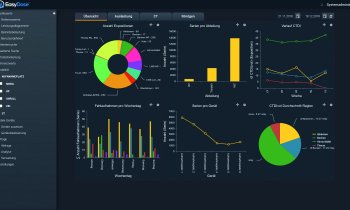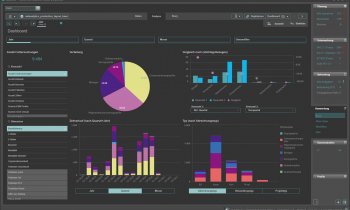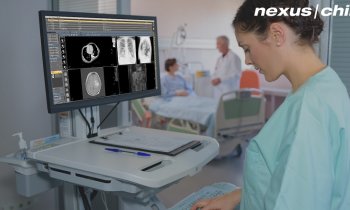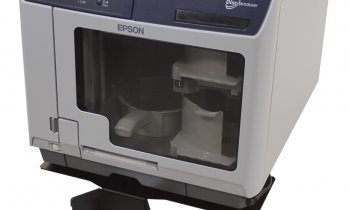Communication
Is PACS ready to expand beyond radiology images?
Nine out of 10 hospitals in western Europe have a fully operational picture archiving and communications systems (PACS) to manage and exchange medical images. The integration has become so routine that now other physicians are asking why they can not as easily share with others the images they generate with non-radiology devices.
Report: John Brosky

Vendors of PACS systems are ready to tackle the assignment, thanks to the introduction of vendor-neutral archiving and zero-footprint viewers. "Not really, not yet," cautions Marco Foracchia, the IT Medical Systems Manager for Santa Maria Nuova near Parma in the Reggio Emilia region of Italy. He is less confident that a system built for rigidly structured radiology exams is ready to take on all the types of medical images from specialties such as dermatology and endoscopy, or orthopedic videos.
"One physician is a small problem, but when you add them up, it becomes a big headache," he explained as he presented a case study for the Healthcare Information and Management Systems Society Europe at the European Congress of Radiology (ECR).
After an inventory at the Santa Maria Nuova hospital, Foracchia said he found 534 imaging and data sources to be added to the traditional radiology network. Of these 13% create images that are what he called properly managed, and 8% were clearly improperly managed. The remaining 79% of exams are not managed or stored at all.
Unlike radiology exams, he said, image acquisitions on these devices are not scheduled but made on the fly, and reporting is not sequential following the acquisitions, as is the case in structured PACS management. Instead, physicians, surgeons and specialists often do their reporting during the exam itself.
DICOM, the bedrock standard for image exchange on the radiology PACS, is rare among over 500 of the devices physicians in his hospital want to connect."Radiology PACS is a proof that management and sharing is clinically meaningful, and on paper it is the solution," he said, but added that there are so many anomalies that a system built for radiology does not apply to extra-radiology systems.
In an effort to determine the readiness of European hospitals for evolving PACS systems the European Society of Radiology and HIMSS have announced a partnership that during 2015 will evaluate the maturity of health information technology systems with a report expected at ECR 2016. “Radiology is already more closely tied with information technologies than any other medical discipline," said ESR Past President Guy Frija, M.D., who described the scope of the partnership HIMSS as embracing big data, business intelligence as well as archiving and structured medical reporting in order to ensure future applications and challenges for radiology will be met.
“We also hope our partnership with HIMSS Europe will create a greater awareness especially among IT companies for the innovative potential which has always been inherent in radiology and which will continue to shape the discipline,” Frija stated in the joint announcement.
In a first step for establishing an imaging IT maturity model for the joint project work group, HIMSS senior consultant for analytics Jorg Studzinski presented an evaluation compiled from a survey of six major western European countries, with the notable exception of France, where "we just don't know", he said.
He also noted the maturity of Nordic countries in health informatics is so advanced that the data for the Netherlands serves as a mirror. Starting with the fundamental radiology information system (RIS), more than 90% of all hospital systems in Italy, Germany, Spain, the Netherlands and the United Kingdom reported a system in place, with Austria being the low end of the scale at 85%. Radiology PACS is nearly as well implemented with Italy and Germany trailing at 80%.
A dedicated cardiology PACS has caught on with the UK reporting such a system at 80% of facilities, Spain and Austria pushing above half of hospitals, while Germany and Italy were at 24% and 14%, respectively.
Pointing toward the upcoming assessment is a newly created category for an imaging data center (IDC) that is meant to measure overall image management capabilities, though in the current evaluation it remains less clearly defined, and evaluation results are highly varied from 97% in the Netherlands to 41% in Germany.
In announcing the partnership with HIMSS that initially will aim to establish an imaging IT maturity model for Europe, the radiology society said the ongoing collaboration with the joint project group will help ensure that a broad agenda of IT topics are linked to radiology and that they are regularly addressed at the European Congress of Radiology, including eHealth, data mining, dose watch, structured medical reporting and enterprise-imaging.
11.04.2015











